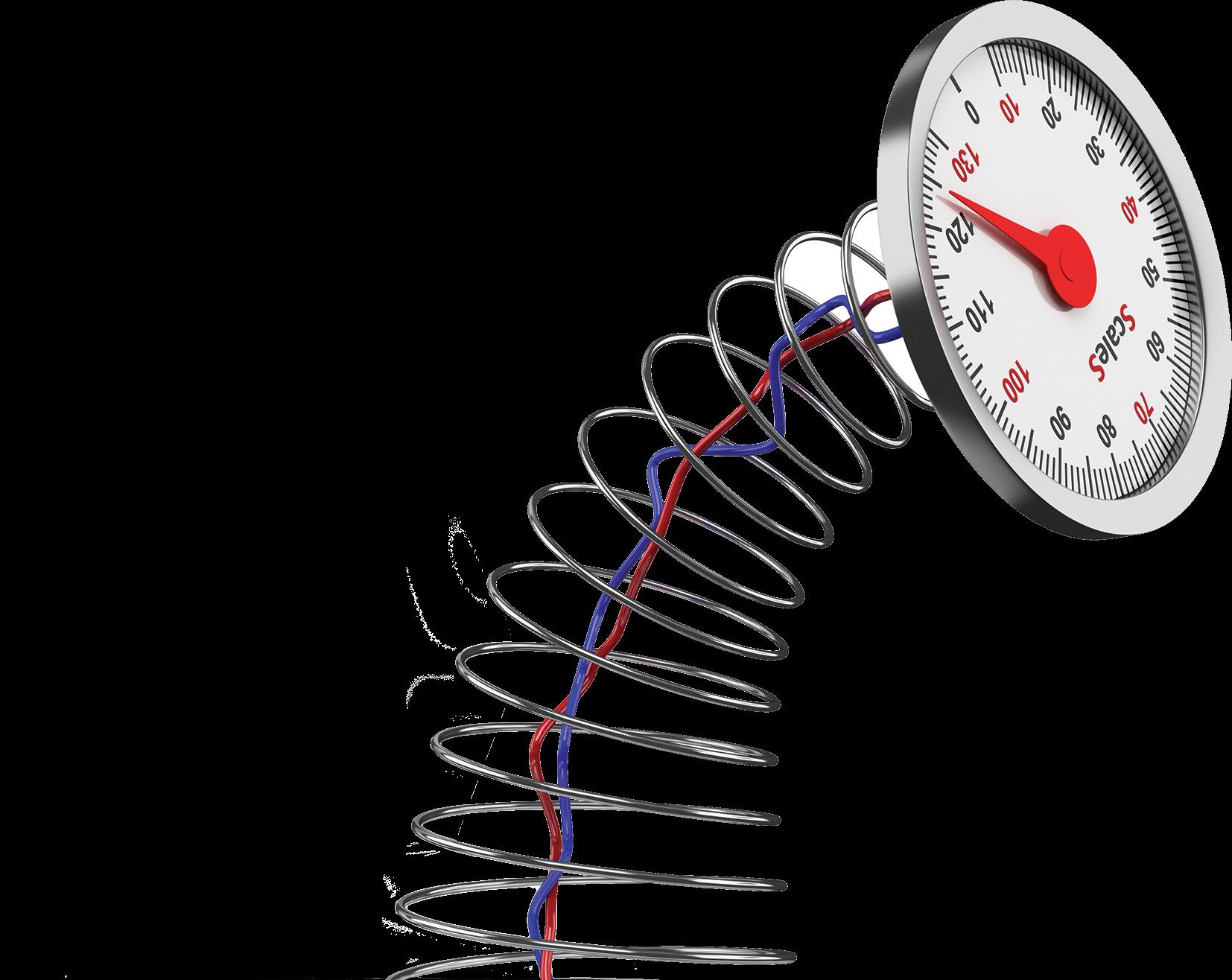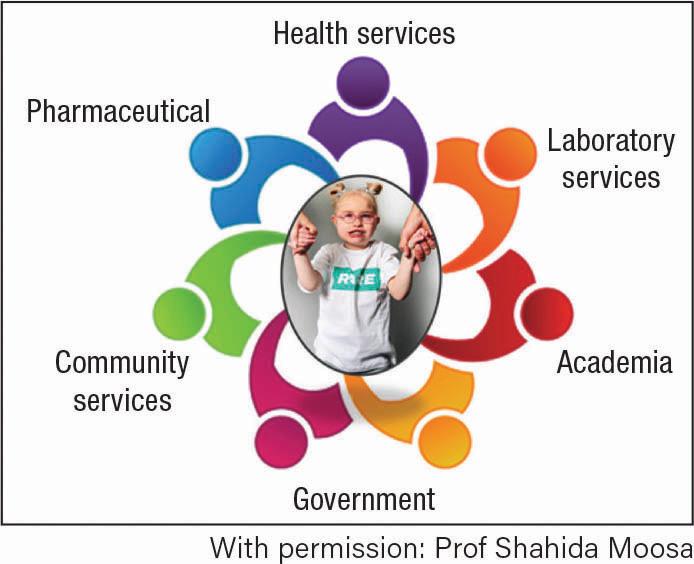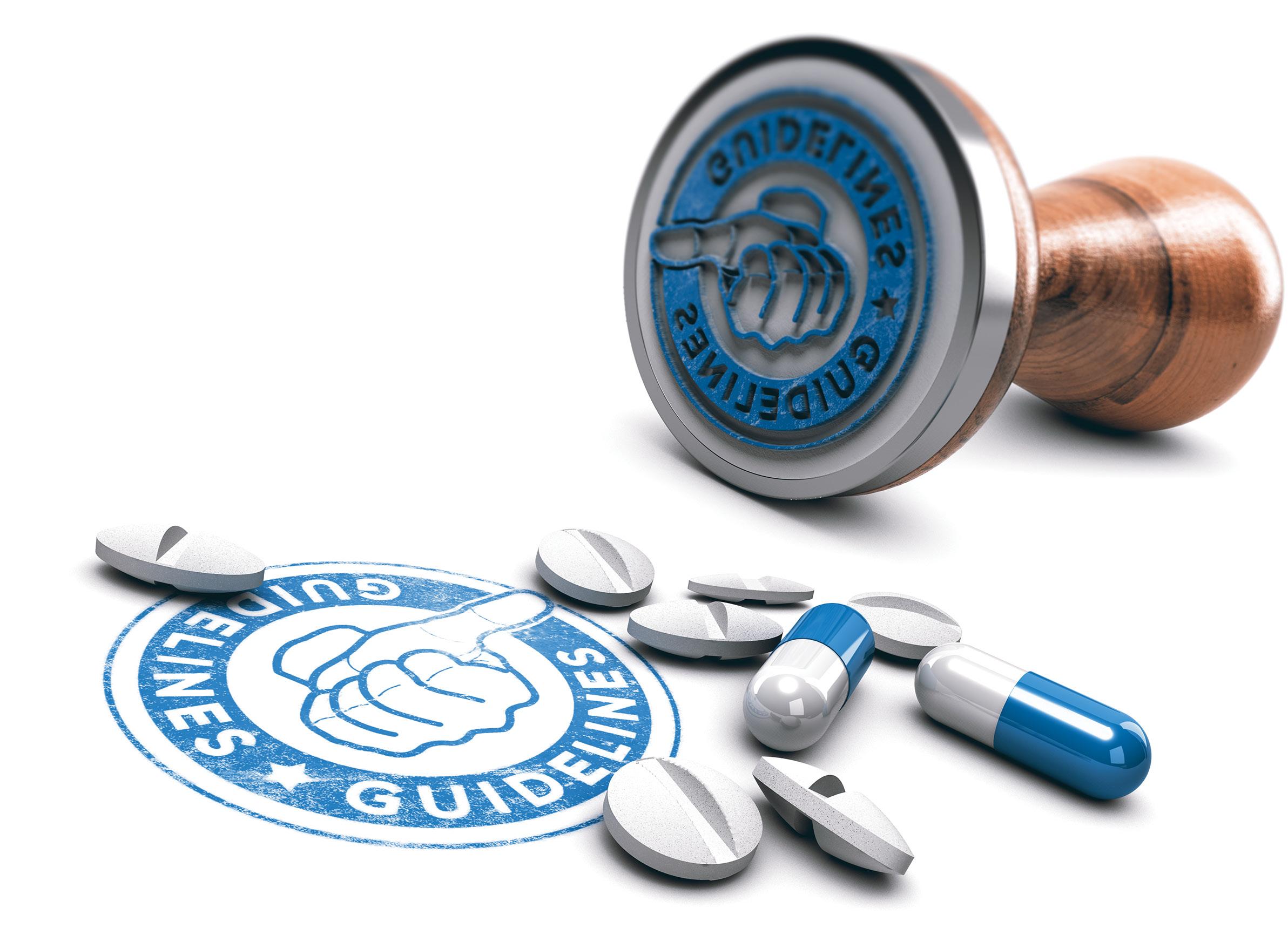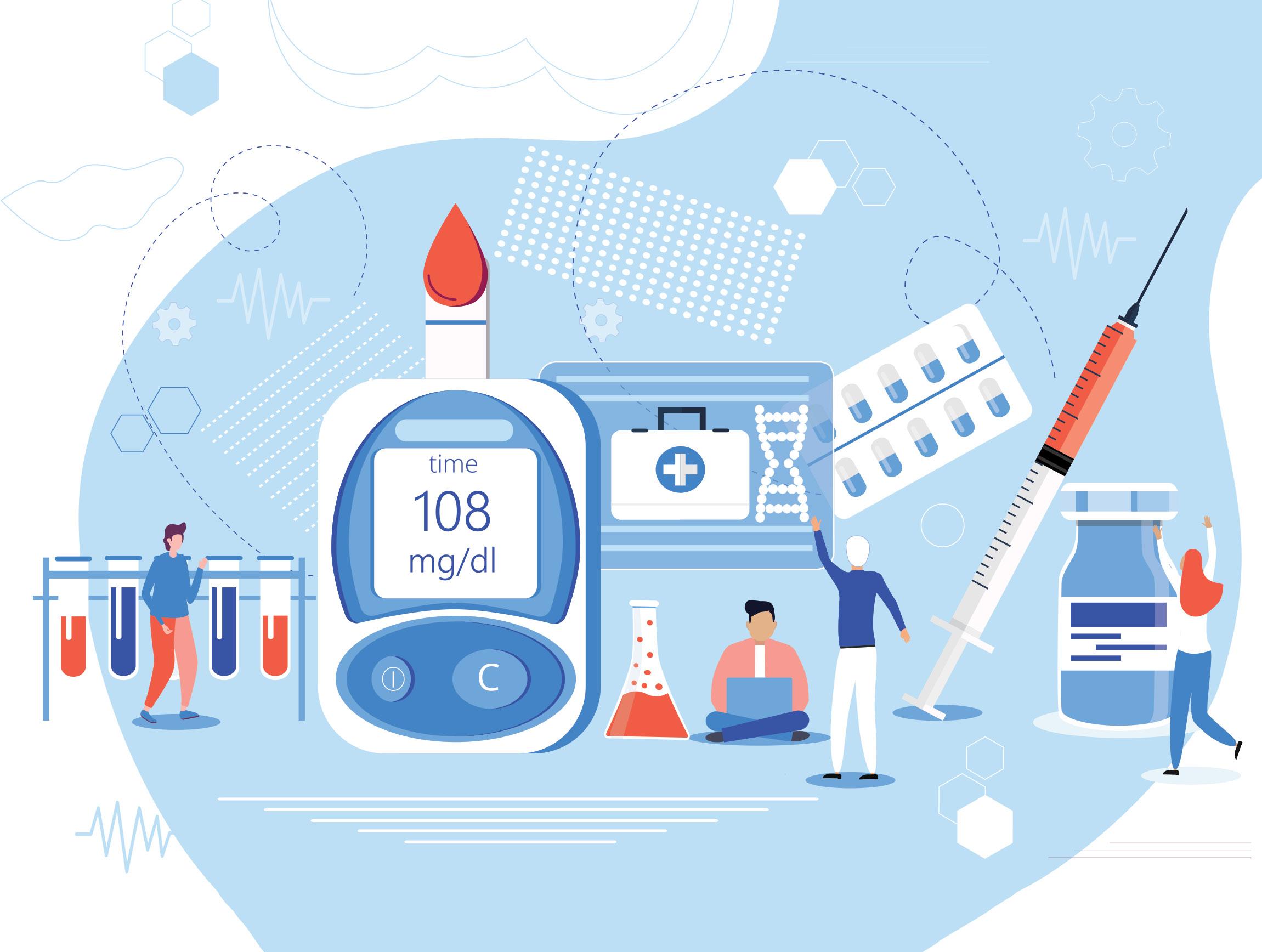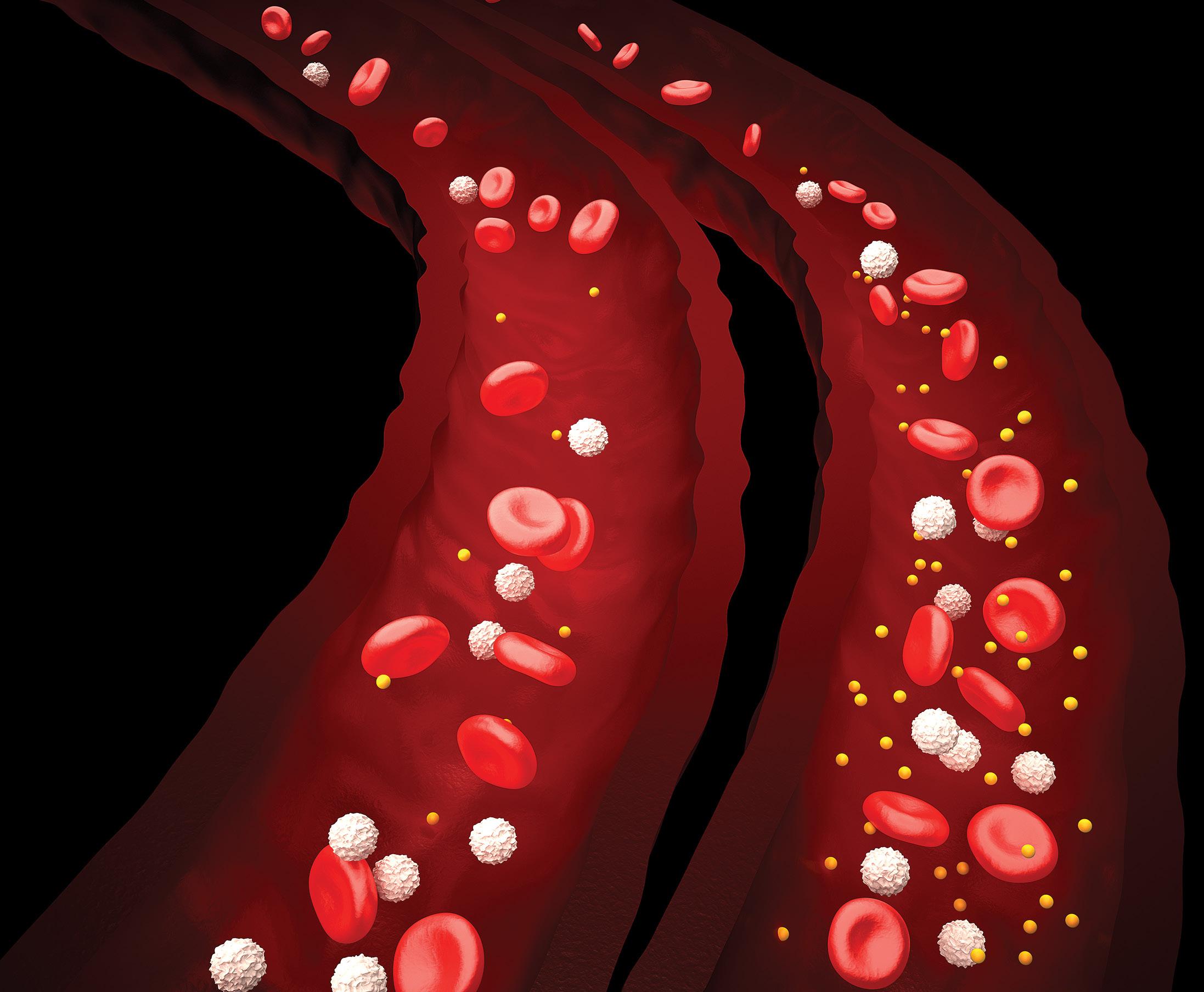SF | CARDIOLOGY
20 September 2021 | Vol. 21 No. 9 www.medicalacademic.co.za
This article was independently sourced by Specialist Forum.
Photo credit: Shutterstock.com
key messages from the new ESC HF management guideline
The European Society of Cardiology (ESC) guidelines for the diagnosis and treatment of acute and chronic heart failure (HF) was published online in the European Heart Journal on 27 August.
A
bout 2% of adults worldwide have HF. Prevalence increases with age, from 1% in those under 55 years to more than 10% in people aged 70 and above. In developed countries, the most common causes are coronary artery disease and high blood pressure. Patients with HF have a poor prognosis and markedly reduced quality of life. The main symptoms are breathlessness, ankle swelling, and tiredness. After diagnosis, patients are hospitalised once every year on average and more than half die within five years. Chronic HF is a condition where the heart is unable to pump blood around the body properly. It usually occurs because the heart has become too weak or stiff. Ejection fraction (eg the percentage of the blood within the ventricles that is ejected during the cardiac cycle), is the most important measurement of cardiac function. When the pumping action of the heart is weak it is referred to as HF with reduced ejection fraction (HFrEF) and when it is stiff and does not relax
properly, it is referred to as HF with preserved ejection fraction (HFpEF).
Acute HF Acute HF is a life-threatening condition requiring urgent evaluation and treatment. It may be the first manifestation of HF (new onset) or, more frequently, it is due to an acute deterioration of chronic HF. Regarding diagnosis, when there is a suspicion of chronic HF, the guidelines recommend measuring the level of hormones produced by the heart (natriuretic peptides). If levels are normal the patient can be reassured that heart failure is very unlikely. If high, this should prompt referral for an echocardiogram to detect the underlying heart problem.
New definition of HF The HF Society of America, the HF Association of the ESC and the Japanese HF Society recently joined forces to redefine HF: HF is a clinical syndrome with symptoms and/or signs caused by a structural and/or functional cardiac
abnormality and corroborated by elevated natriuretic peptide levels and/or objective evidence of pulmonary or systemic congestion. The new definition also includes a new classification and staging system. The classification includes: » HFrEF: HF with left ventricular ejection fraction (LVEF) =40% » HF with mildly reduced ejection fraction (HFmrEF): HF with LVEF 41–49% » HFpEF: HF with LVEF 50% » HF with improved ejection fraction: HF with a baseline LVEF = 40%, a 10 point increase from baseline LVEF, and a second measurement of LVEF >40%.
Non-pharmacological treatments Exercise is recommended for all capable chronic heart patients to improve quality of life and reduce HF hospitalisation. In those with more severe disease, frailty, or comorbidities, a supervised, exercise-based, cardiac rehabilitation programme should be considered. “The vast majority of drug treatments that
51





